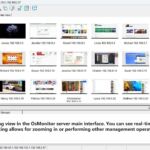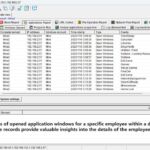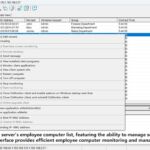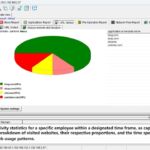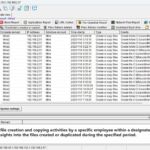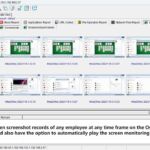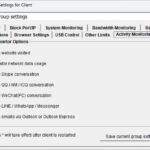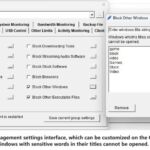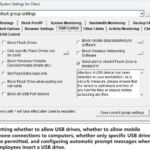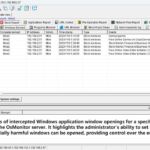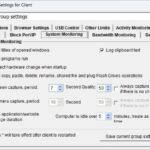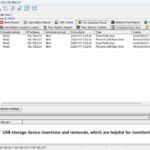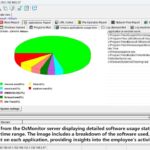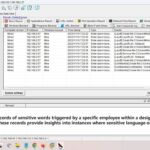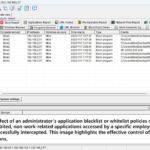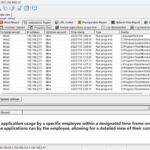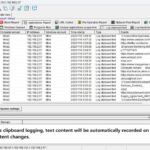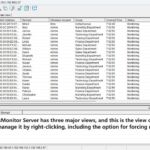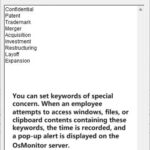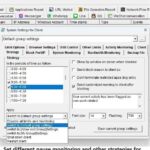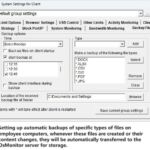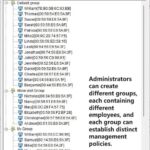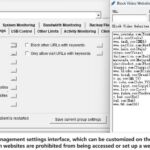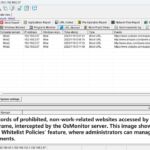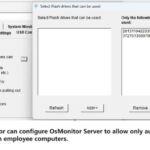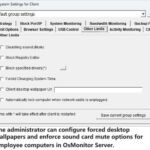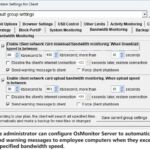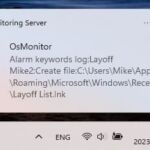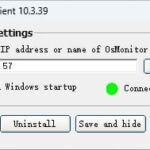Have you ever heard of the Backpropagation (BP) neural network algorithm? It might sound advanced, but it's actually quite cool! And the BP algorithm can also shine in the realm of enterprise computer monitoring software. Curious about how to leverage it? Don't worry, let's delve into the role of the BP algorithm in enterprise computer monitoring software using simple and understandable language:
- Data Collection and Preparation Phase: This involves gathering various data related to enterprise computers, such as usage patterns, performance metrics, and even past failure records. Ensuring the reliability of this data requires handling missing data, anomalous data, and peculiar noise. Then, like dividing a pie, the data is split into three parts: one for training, one for validation, and one for testing.
- Feature Engineering: Essential information is extracted, such as CPU usage, memory consumption, disk space, and network traffic, among others. Selecting these features should be combined with business context and domain expertise.
- Building a BP Neural Network Model: Similar to assembling building blocks, a suitable BP neural network model is constructed. You choose a model style you prefer, including the number of layers and neurons per layer. If you have some experience with deep learning, tools like TensorFlow or PyTorch can assist in creating the neural network.
- Splitting into Training and Validation Phases: The data is divided into two sets—one for training and one for validation. This separation helps the model avoid making mistakes when encountering previously unseen data, preventing undue anxiety.
- Defining a Loss Function and Optimizer: A measure like mean squared error can quantify the disparity between your predictions and actual values. Additionally, selecting a good ally, the optimizer, is crucial. Optimizers like Adam or SGD can help the model learn better.
- Model Training: Much like training a dog to dance, you continuously adjust the model's parameters using backpropagation until its predictions about the data become increasingly accurate. Simultaneously, closely monitor the model's performance on the validation set, akin to watching a favorite TV drama, to avoid overconfidence leading to overfitting.
- Hyperparameter Tuning: Model performance sometimes hinges on mysterious numbers, such as learning rates or batch sizes. Experiment with various combinations, just as you would explore different flavors of snacks to find your favorite.
- Evaluation Time: Take the trained model for a spin on the test set. Assess its performance. You can use various metrics like Root Mean Square Error (RMSE) or Mean Absolute Error (MAE) to gauge the model's predictive capability.
- Continuous Improvement: Observe the model's real-world performance attentively and refine it based on feedback. If you find the model's performance lacking, don't be discouraged—consider adding new features, improving data preprocessing methods, or even trying different algorithms.
- Deployment: If the model performs well, don't let it idle. Integrate it into the enterprise's computer monitoring system. Remember to ensure seamless integration with existing systems and its ability to process real-time data for accurate predictions.
Lastly, bear in mind that training a BP neural network may demand substantial data and computational power, and tuning the parameters can be a significant task. In practical implementation, multiple attempts and adjustments might be necessary to achieve the best predictive capabilities.
About OsMonitor:
The mission of OsMonitor is to create a Windows computer system tailored for work purposes, effectively regulating employee computer behavior. It enables employers to understand what employees are doing each day, monitoring every action, including screen activity and internet usage. Additionally, it restricts employees from engaging in specific activities such as online shopping, gaming, and the use of USB drives.
OsMonitor, designed purely as software, is remarkably user-friendly and requires no additional hardware modifications. A single management machine can oversee all employee computers. As a leading brand in employee computer monitoring software with over a decade of successful operation, OsMonitor has rapidly captured the global market with its minimal file size and excellent cost-effectiveness compared to similar software. At this moment, thousands of business computers worldwide are running OsMonitor daily.



